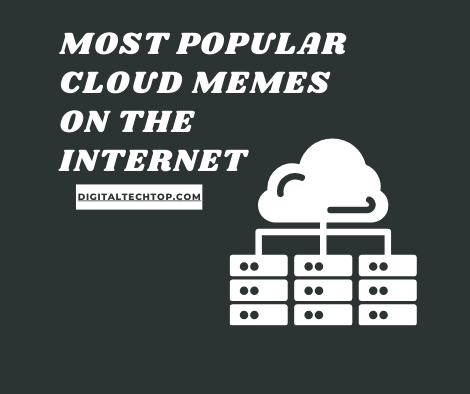Leveraging a Cloud-Based Simulink Alternative for Remote Engineering Teams

In the rapidly evolving landscape of engineering, the shift towards remote work has brought to light the need for tools that not only satisfy the technical demands of complex projects but also facilitate collaboration among geographically dispersed teams. MATLAB’s Simulink has been a cornerstone in the engineering world for modeling, simulating, and analyzing multidomain dynamical systems. However, as remote work becomes more prevalent, engineering teams are on the lookout for a cloud-based Simulink alternative that offers the flexibility, accessibility, and collaborative features crucial for a distributed workforce. This article delves into the benefits of such an alternative and showcases how it is transforming the operational dynamics of remote engineering teams.
The Shift to Cloud-Based Engineering Tools
The transition to remote work has highlighted the limitations inherent in traditional desktop-based applications like Simulink. Challenges such as software licensing issues, version control difficulties, and the requirement for high-performance computing resources can significantly hamper the efficiency and productivity of remote teams. A cloud-based solution tackles these challenges head-on, providing a collaborative platform that enables the execution of engineering tasks without the limitations imposed by physical location or hardware specifications.
Benefits of a Cloud-Based Simulink Alternative
Accessibility and Flexibility: A paramount advantage of a cloud-based alternative is its universal accessibility. Such platforms can be accessed anytime, from any location, using any internet-connected device. This level of flexibility ensures that team members can work on their projects without being hindered by their physical whereabouts, thereby enabling a truly seamless remote working experience.
Enhanced Collaboration and Real-Time Editing: Cloud-based platforms are inherently designed to foster collaboration. They allow multiple users to work on the same project simultaneously, with any changes being updated in real-time. This functionality is particularly valuable for remote teams, as it simplifies the process of reviewing and editing projects, facilitating quicker iterations and decision-making.
Scalability and Reduced IT Overhead: Cloud-based alternatives provide scalable computing resources, which means that teams can tailor their usage based on the specific needs of their projects without making substantial initial investments in hardware. Furthermore, these platforms usually come with managed services, thereby reducing the IT department’s workload in maintaining and updating software.
A Closer Look at a Cloud-Based Simulink Alternative
While several cloud-based platforms have risen as potential contenders to Simulink, it’s essential to focus on a single alternative that offers unique features tailored for modern engineering challenges. This Simulink alternative, built on the principles of flexibility, collaboration, and cloud accessibility, is revolutionizing the way remote engineering teams collaborate and execute projects. Whether it’s through the use of open-source modeling languages like Modelica or proprietary solutions that enhance collaborative project management, this alternative stands out as a robust solution for teams seeking to transcend the limitations of traditional software in a cloud-based working environment.
Conclusion
As the trend towards remote work continues to grow, the importance of finding a suitable cloud-based Simulink alternative becomes increasingly apparent. Such an alternative offers the essential features of flexibility, collaboration, and scalability that remote engineering teams need to remain productive and efficient. By adopting this cloud-based solution, teams can navigate the challenges of traditional desktop-based applications and thrive in a digital, distributed work ecosystem. The future of engineering is in the cloud, and this Simulink alternative is at the forefront, guiding the way for remote teams around the globe.






